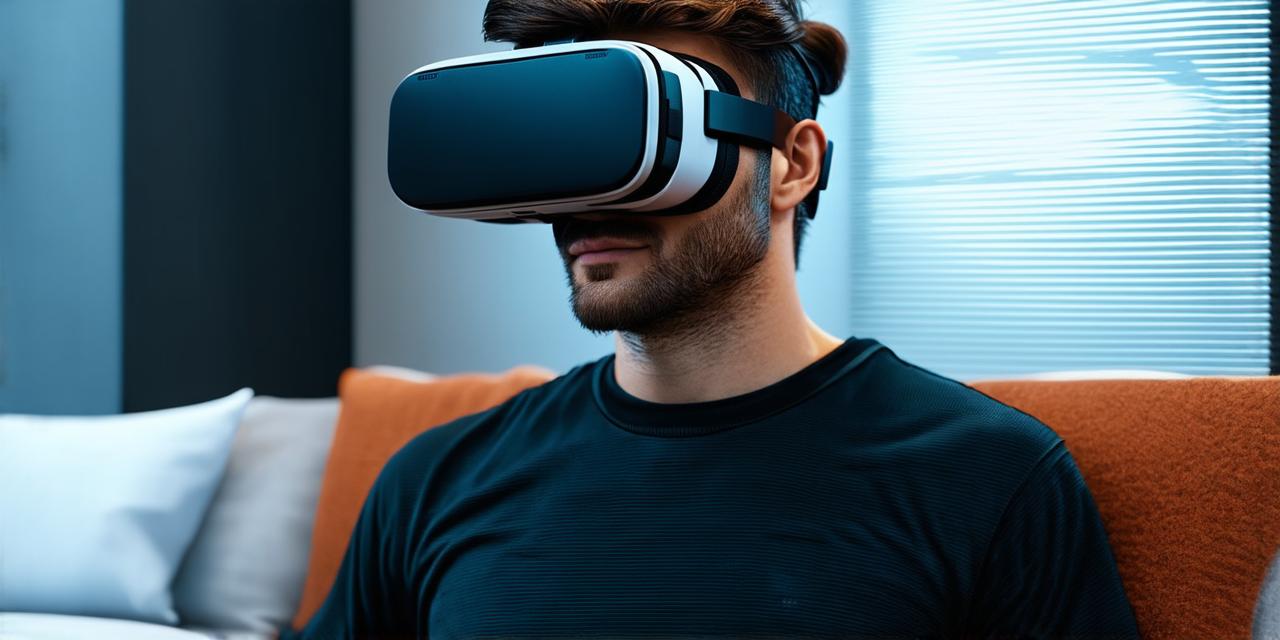Mental health disorders such as anxiety, depression, and PTSD can be debilitating, affecting individuals’ quality of life and daily activities. Traditional treatment methods have limitations, including high costs, long waiting times, and a lack of personalized care. Virtual reality (VR) exposure therapy offers a promising solution for mental health treatments, providing a safe and controlled environment to expose patients to their fears and anxieties. In this article, we will explore the benefits of VR exposure therapy for mental health and how it can help individuals overcome their mental health challenges.
What is Virtual Reality Exposure Therapy?
Virtual reality (VR) exposure therapy is a form of therapy that uses computer-generated simulations to expose patients to their fears and anxieties in a safe and controlled environment. This type of therapy is particularly useful for individuals with mental health disorders such as anxiety, depression, and PTSD, who may struggle with real-life situations due to their condition. VR exposure therapy provides an opportunity for patients to confront and overcome their fears in a virtual world, allowing them to develop coping strategies and improve their overall well-being.
Benefits of Virtual Reality Exposure Therapy
1. Safe and Controlled Environment
VR exposure therapy provides a safe and controlled environment for patients to confront their fears and anxieties. In a virtual world, patients can experience situations that may be difficult or impossible to replicate in real life, allowing them to face their challenges in a controlled setting. This allows patients to develop coping strategies and improve their overall well-being without the risk of harm or danger.
2. Personalized Care
Virtual reality exposure therapy is highly customizable, allowing therapists to tailor treatment plans to meet the specific needs of each patient. The virtual world can be designed to simulate real-life situations that trigger an individual’s anxiety or fear, providing a personalized and effective treatment plan. This allows for more targeted and effective treatments, resulting in better outcomes for patients.
3. Cost-Effective
Virtual reality exposure therapy is cost-effective compared to traditional therapy methods. While the initial investment for VR equipment can be high, it has a lower ongoing cost compared to other forms of therapy. Additionally, VR exposure therapy can be completed in a shorter timeframe than traditional therapy, allowing patients to see results more quickly and potentially reducing the overall cost of treatment.
4. Increased Engagement
Virtual reality exposure therapy is highly engaging, providing patients with an immersive experience that keeps them motivated and committed to their treatment plan. This increased engagement can lead to better outcomes for patients, as they are more likely to complete their therapy sessions and see progress towards their goals.
Case Studies and Personal Experiences
1. Overcoming Fear of Heights
A study conducted by researchers at the University of Oxford found that VR exposure therapy was effective in reducing fear of heights in individuals with this condition. Participants in the study completed six sessions of VR exposure therapy, during which they were exposed to increasingly high heights in a virtual world. After completing the treatment, participants reported significant reductions in their fear of heights and improved quality of life.
2. Overcoming Fear of Public Speaking
Another study conducted by researchers at Stanford University found that VR exposure therapy was effective in reducing fear of public speaking in individuals with this condition. Participants in the study completed eight sessions of VR exposure therapy, during which they were exposed to increasingly challenging public speaking scenarios in a virtual world. After completing the treatment, participants reported significant reductions in their
